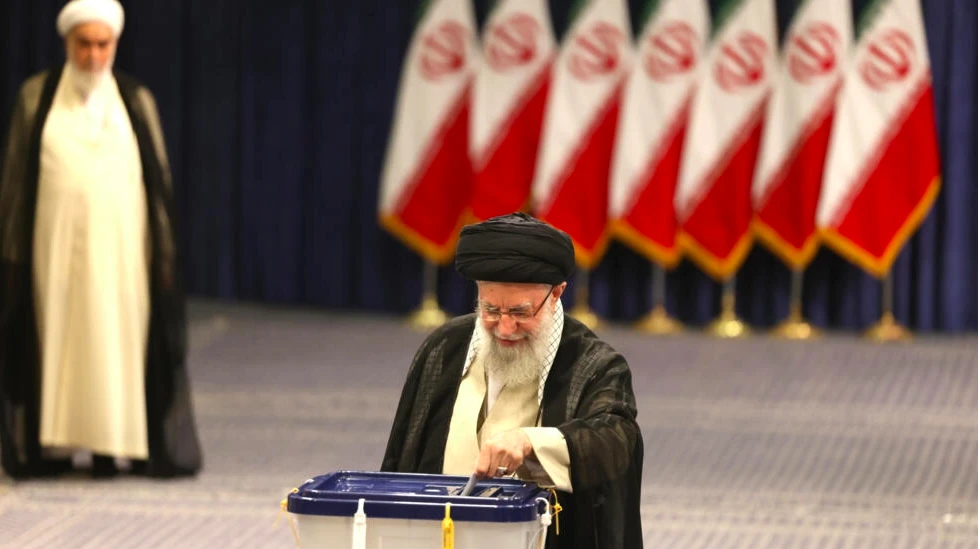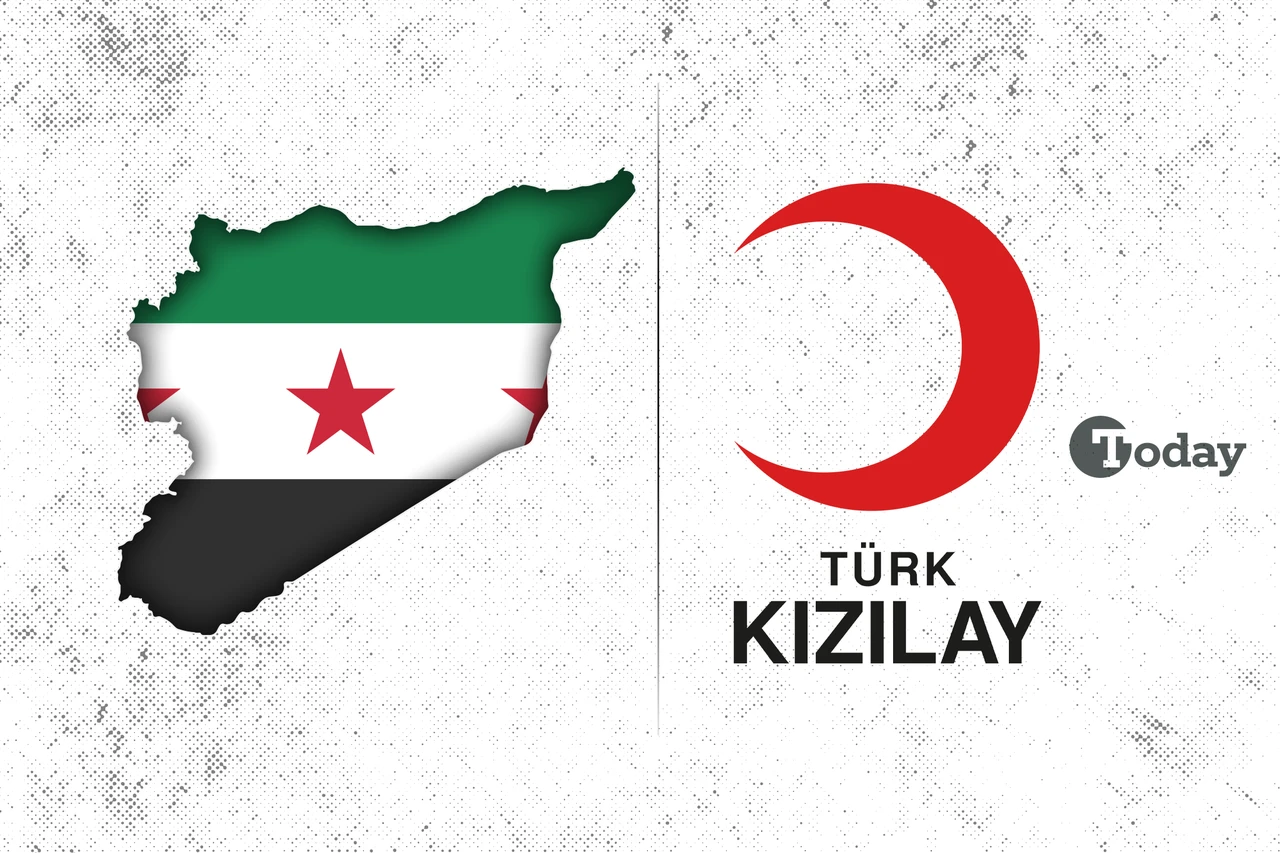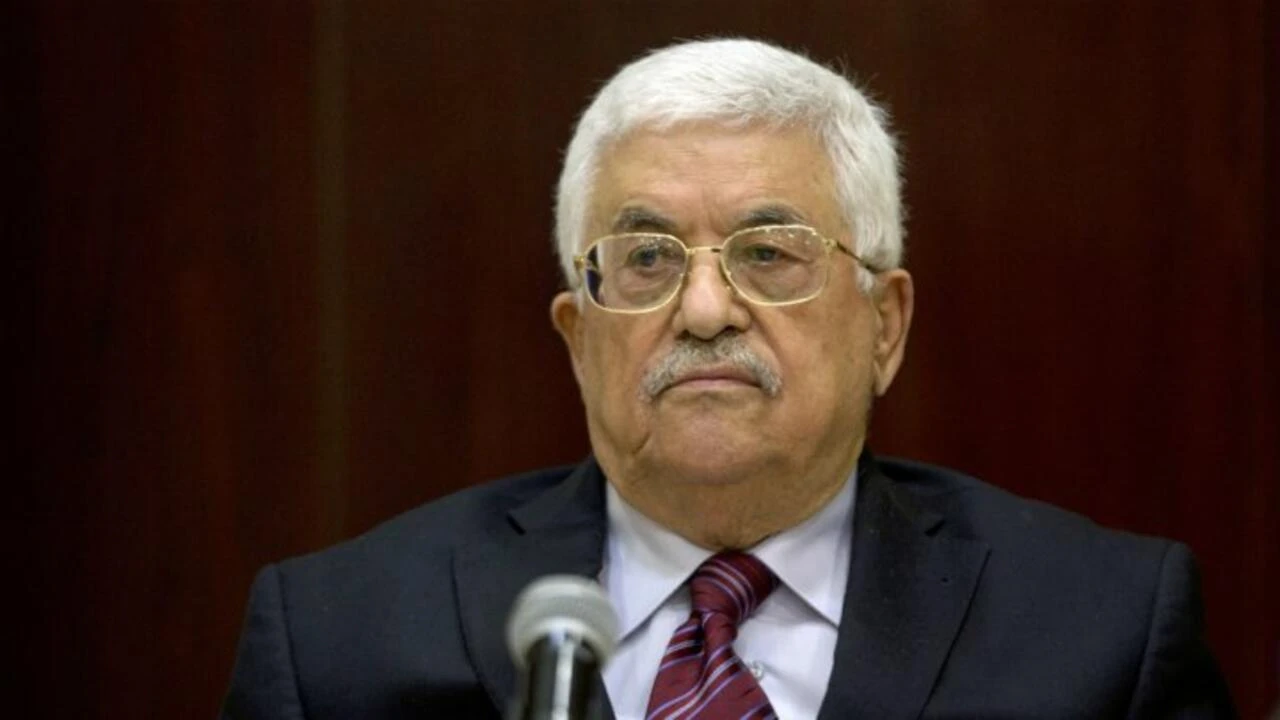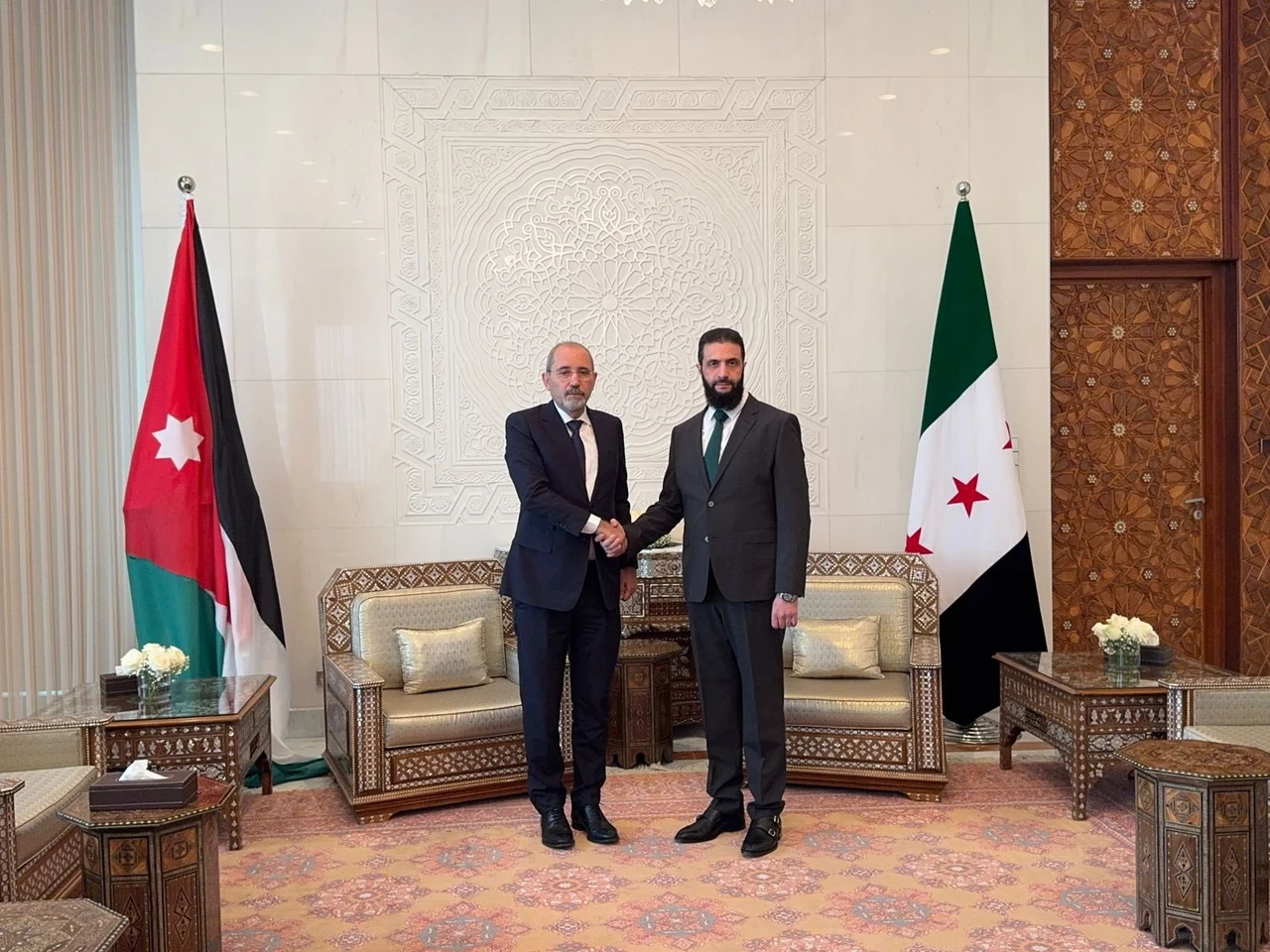Polls open in Iran for snap presidential election
 Iran's supreme leader Ayatollah Ali Khamenei, who holds ultimate political power, casts his ballot during the presidential election (AFP Photo)
Iran's supreme leader Ayatollah Ali Khamenei, who holds ultimate political power, casts his ballot during the presidential election (AFP Photo)
Iranian voting stations opened promptly at 8 a.m. local time on Friday for an unexpected presidential election, after the recent tragic death of President Ebrahim Raisi in a helicopter crash.
“We start the elections” for the country’s 14th presidential elections, Interior Minister Ahmad Vahidi said in a televised address.
Following the withdrawal of conservative candidates Amirhossein Ghazizadeh Hashemi and Alireza Zakani to consolidate support within their political camp, four contenders remain: Mohammad Baqer Qalibaf, Saeed Jalili, Masoud Pezeshkian, and Mostafa Pourmohammadi.
Polling stations across Iran will be open until 6 p.m. local time (2:30 p.m. GMT) on Friday, with the possibility of extended hours, a practice observed in previous elections by the Interior Ministry.
High stakes: Voter turnout and polling logistics
A substantial electorate of approximately 64 million eligible voters, primarily young people, are set to participate in this year’s election, an increase from the 2021 count of 59.3 million.
In addition to domestic voters, around 10 million Iranians residing abroad can cast their votes at 344 designated polling stations located across multiple countries.
Within Iran, a network of 58,640 polling stations, including over 6,000 in Tehran alone, will facilitate the voting process, ensuring widespread access for voters.
The election results are scheduled to be announced on Saturday afternoon, as confirmed by Mohammad Taqi Shahcheraghi, head of the election headquarters, in a statement to state TV on Thursday.
Should no candidate secure over 50% of the vote, a second round of voting will occur on July 5, pitting the two leading candidates against each other.
Pre-election surveys indicate a competitive race, with Qalibaf, Pezeshkian and Jalili closely contested. Notably, Pezeshkian represents the sole reformist candidate among the frontrunners, contrasting with Qalibaf and Jalili, who hail from conservative backgrounds.
Supreme leader’s call for participation
Supreme Leader Ayatollah Ali Khamenei emphasized the importance of high voter turnout in a late-night message, urging Iranians nationwide to participate actively in the electoral process.
Unlike the 2021 election, which saw a significant boycott from reformists following candidate disqualifications, prominent figures like former President Mohammad Khatami have called for widespread voter engagement this year.
In 2021, turnout hit a historic low of approximately 49%, contrasting with previous lows in 1993 when voter participation stood at 50.6% during Akbar Hashemi Rafsanjani’s successful bid for re-election over Ahmad Tavakkoli.



